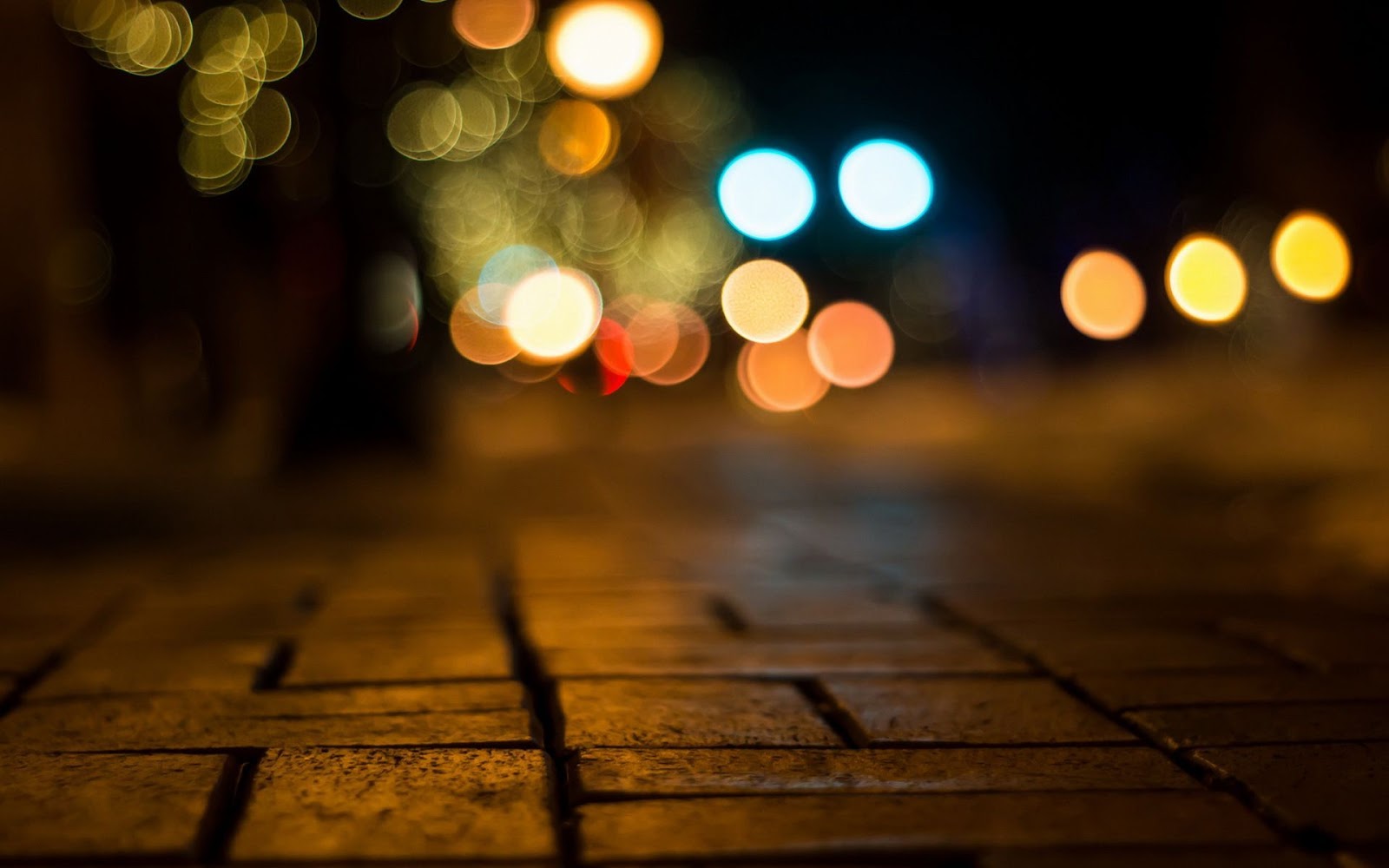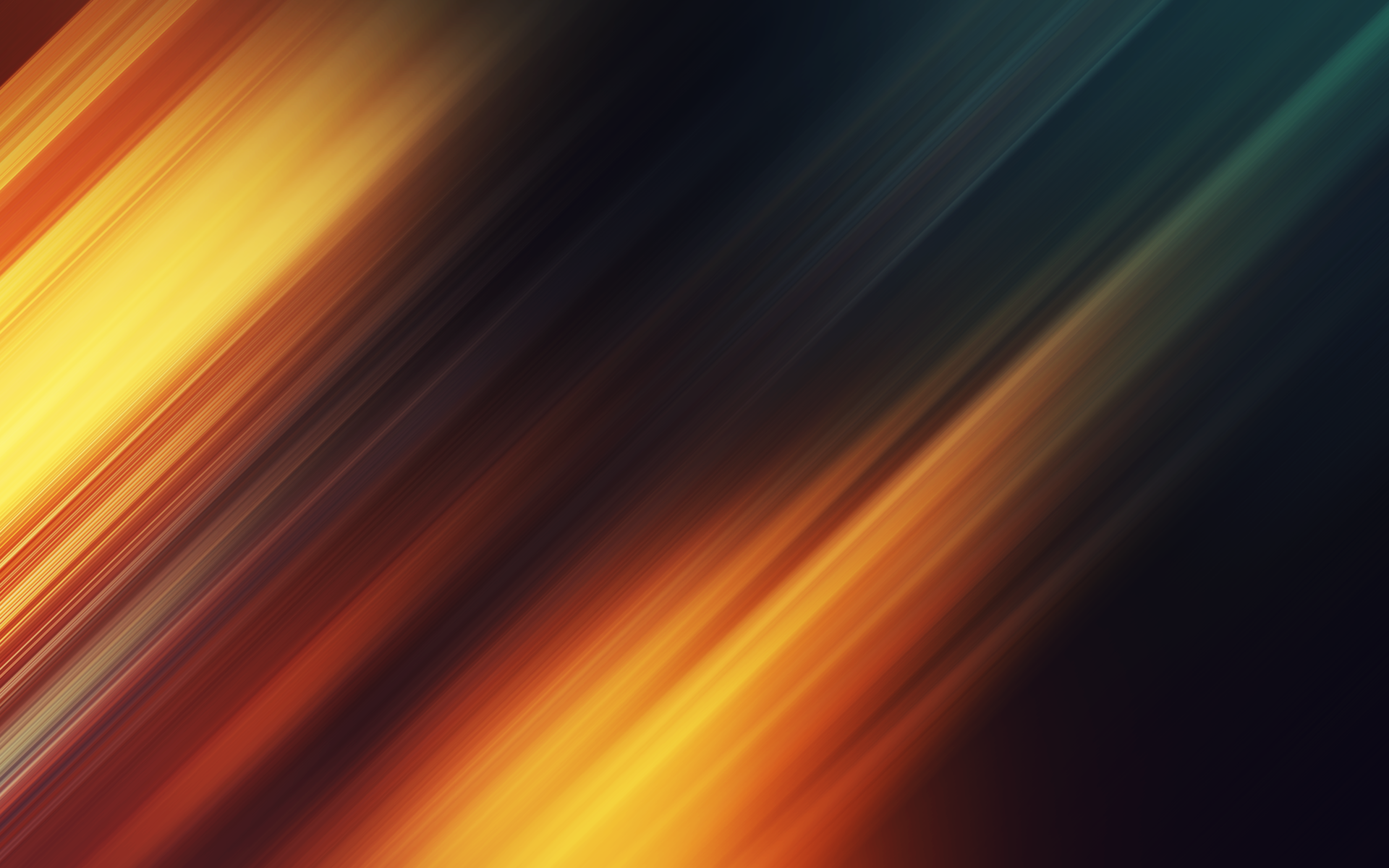
Our “movies”, like Muybridge’s and Brixner’s, are obtained in one shot, since the laser-created objects of interest are insufficiently repeatable for accurate stroboscopic imaging. These objects include electron density waves used to accelerate charged particles, laser-induced refractive index changes more » used for micromachining, and ionization tracks used for atmospheric chemical analysis, guide star creation and ranging. In this project, we developed methods to capture detailed motion pictures of evolving, light-velocity objects created by a laser pulse propagating through matter. In the 1940s, Manhattan project photographer Berlin Brixner captured a nuclear blast at a million frames per second, and resolved a dispute about the explosion’s shape and speed. In the 1870s, English photographer Eadweard Muybridge captured motion pictures within one cycle of a horse’s gallop, which settled a hotly debated question of his time by showing that the horse became temporarily airborne. The key to this type of imaging lies in the selection of a pattern that enables one to reconstruct an image of the X-ray source from the form of the mask's shadow. The known object between the X-ray source and the detector is a coded mask: an X-ray-opaque plate that has a pattern of holes. That, in fact, is the operating principle of coded-mask X-ray imaging. By comparsing the shadows produced by all possible combinations of point sources with the actual recorded shadow, it might then be possible to reconstruct the shape of the extended source. Yet if one knows the shape of the intervening object precisely, one can easily predict the form of the shadow it would cast when illuminated by a single point source of X rays. The reason is that each component point source causes a slightly different shadow to be cast on the film. Because the extended source can be envisioned as consisting of numerous point sources, the shadow of any intervening object is blurred. Now suppose the more » X rays come not from a point source such as a medical X-ray tube but from an extended source of unknown shape-perhaps a huge cloud of hot intergalactic plasma. A somewhat old-fashioned word for the technique is skiagraphy, from the Greek skia, meaning shadow. The film in effect records the shadow cast by those components of the part that absorb X rays.

To make such photographs a film with an X-ray sensitive emulsion is placed directly behind a body part that is irradiated from the front by a small point source of X rays.


How can one image objects from which high-energy X rays emanate Actually the imaging is made possible by a technique that is similar to the one applied in making medical X-ray photographs.


 0 kommentar(er)
0 kommentar(er)
